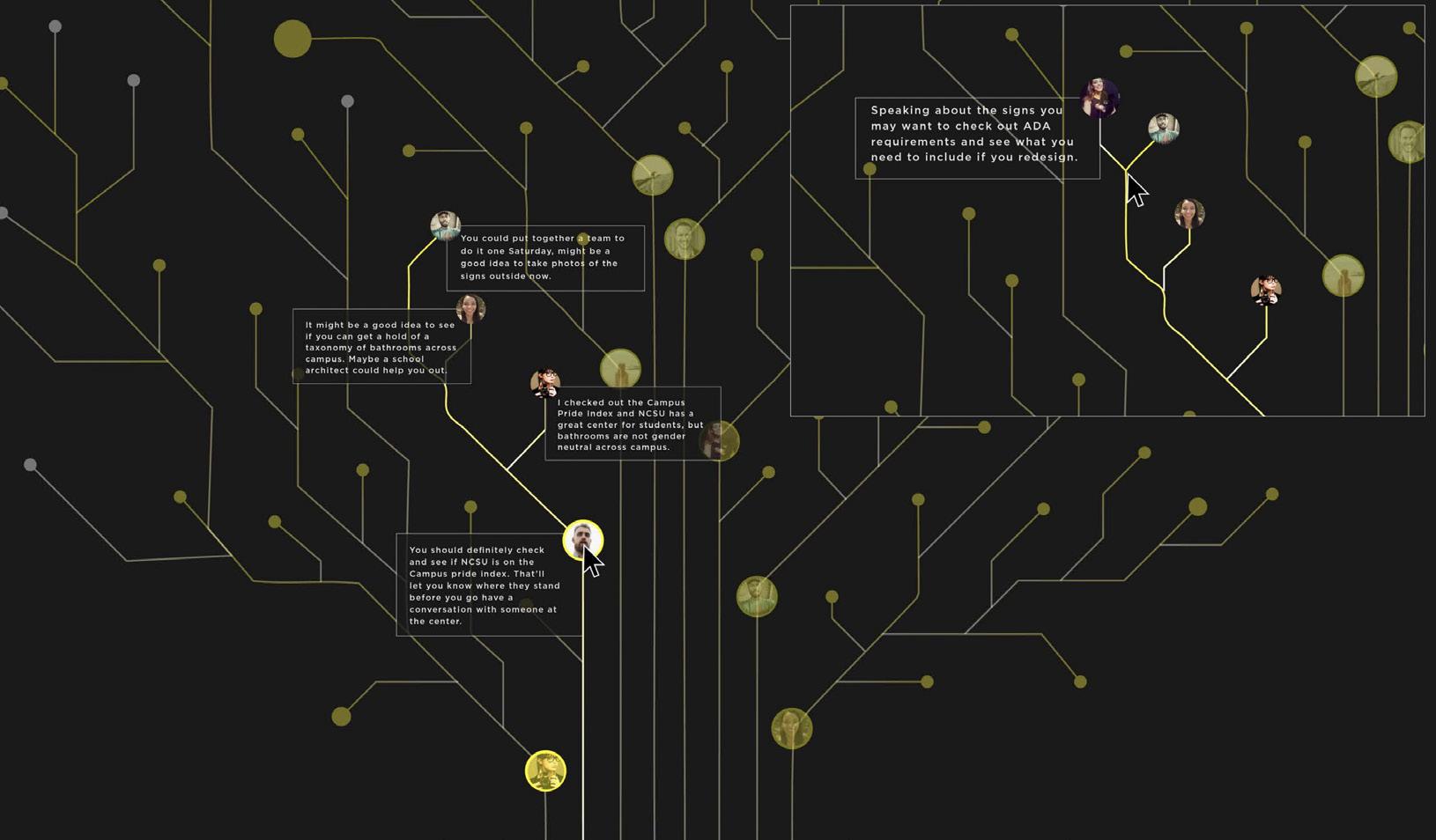
1 minute read
Cyborg Centered Design
How can User-Sensitive, Inclusive Design principles inform the design of a customizable user experience for Cochlear Implant users?
CYBORG-CENTERED DESIGN | GROSSI
In the niche market of assistive technology, design decisions are not fueled by the need to attract and retain users. The Cochlear Implant (CI) is a biotechnological device that provides deaf and hard-of-hearing recipients digital hearing. CIs act as the user’s connection to the hearing world, making the CI user a deeply invested stakeholder. Unlike mainstream devices such as laptops that provide consumers with a wide array of product choices, CI recipients are locked-in users of one company’s devices for life. This project’s design explorations range from basic elements of usability to possibilities for customizable, connected, contextual interfaces. Using David Rose’s concept of “Enchanted Objects” as a framework, this investigation also looks at how the Internet of Things (IoT) can connect and empower Cochlear Implant users.
Design Explorations
Couture Hearing
Power To The User
Currently, the remote assistant offers four slots for Sound Programs that the user creates at the audiologist’s office. Once these programs are uploaded, users can only make changes if they make another appointment with the audiologist. This is an expensive, as well as a time consuming, endeavor. Allowing users to create their own profiles grants them autonomy and gives them a greater sense of control over their hearing.
Tagged For Automation
This design concept allows users to tag their profiles with location, scheduled events, time of day, weather conditions and proximity to specific people. This gives the interface the ability to learn the user’s preferences and behaviors.


The Cochlear interface is connected to the Internet, and cloud-based storage allows users to create and save many settings for specific sound environments that are then available to others. Users tag their profiles with location, scheduled events, time of day, weather conditions and proximity to specific people. The interface learns the user’s preferences and behaviors as well.











